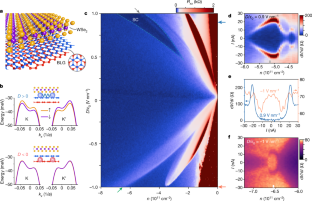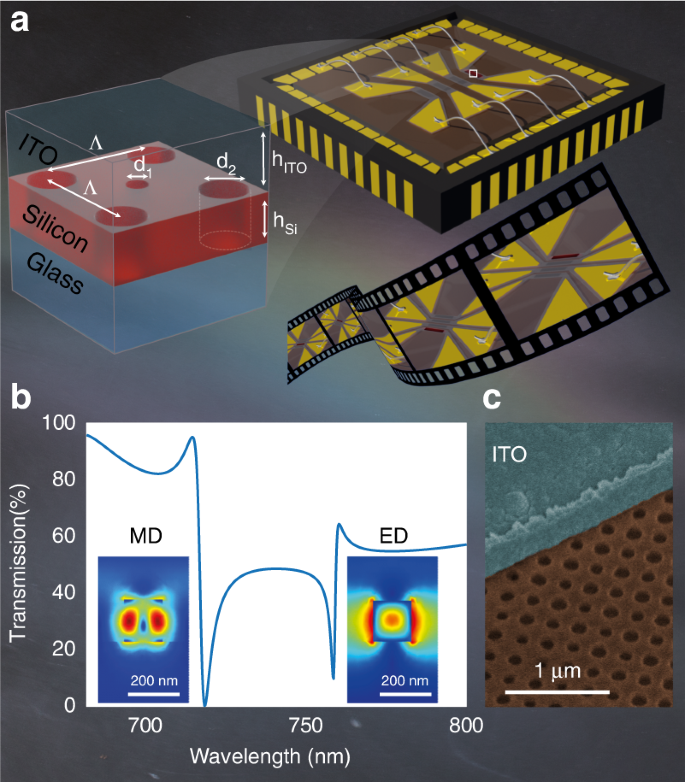2023-02-22 フィンランド技術研究センター(VTT)
◆研究成果は、実験室条件下でさまざまな用途に使用できる、機械的に堅牢かつ軽量の次世代持続可能な材料をボトムアップで開発するためのインスピレーション源として利用することができます。例えば、耐衝撃性インプラント、スポーツ用品、防護服、航空機用外骨格、電子機器、フロントガラスの表面コーティングなどです。
◆自然界は、生物が堅牢な素材を構築するために進化させた設計戦略に関する洞察を与えてくれる。なかでも、火山菌の一種である「フォメス菌」は、先端材料への応用において興味深い存在である。白樺の木によく生息し、枯れた木から炭素や他の栄養分を放出する重要な働きをする。フォメスの子実体は、巧妙に軽量化された生物学的デザインで、構成は単純だが効率的な性能を持つ。例えば、虫や倒れた枝からの保護、繁殖、生存(動物にとって好ましくない食感と味)、季節の変化による複数年の子実体の繁栄など、さまざまな機械的・機能的ニーズを満たすことができます。
◆VTTの新しい研究により、フォメスの子実体は、マルチスケールで階層的な自己組織化を行う3つの異なる層を持つ、機能的に等級付けされた材料であることが明らかになりました。
◆フォメの構造は、その構造を変えることによって、異なる性能を持つ多様な材料を作り出すことができるという点で非常に優れている。細胞の形態と細胞外高分子組成のわずかな変化により、ほとんどの天然素材や人工素材を凌ぐ、異なる物理化学的特徴を持つ多様な素材が生み出される。従来の材料は通常、特性のトレードオフ(例えば、強度や剛性を上げるために重量や密度を上げるなど)に直面しますが、Fomesはこのトレードオフなしに高い性能を達成します。
◆Science Advances誌に掲載されました。
<関連情報>
- https://www.vttresearch.com/en/news-and-ideas/vtts-research-learning-mushrooms-could-help-replace-plastics-new-high-performance
- https://www.science.org/doi/10.1126/sciadv.ade5417
Fomes fomentariusの複雑な構造は、高性能な超軽量材料の建築設計を象徴している。 The complex structure of Fomes fomentarius represents an architectural design for high-performance ultralightweight materials
Robert Pylkkänen,Daniel Werner,Ajit Bishoyi ,Dominik Weil,Ernesto Scoppola ,Wolfgang Wagermaier ,Adil Safeer,Salima Bahri,Marc Baldus,Arja Paananen,Merja Penttilä,Géza R. Szilvay,Pezhman Mohammadi
Science Advances Published:22 Feb 2023
DOI:https://doi.org/10.1126/sciadv.ade5417

Abstract
High strength, hardness, and fracture toughness are mechanical properties that are not commonly associated with the fleshy body of a fungus. Here, we show with detailed structural, chemical, and mechanical characterization that Fomes fomentarius is an exception, and its architectural design is a source of inspiration for an emerging class of ultralightweight high-performance materials. Our findings reveal that F. fomentarius is a functionally graded material with three distinct layers that undergo multiscale hierarchical self-assembly. Mycelium is the primary component in all layers. However, in each layer, mycelium exhibits a very distinct microstructure with unique preferential orientation, aspect ratio, density, and branch length. We also show that an extracellular matrix acts as a reinforcing adhesive that differs in each layer in terms of quantity, polymeric content, and interconnectivity. These findings demonstrate how the synergistic interplay of the aforementioned features results in distinct mechanical properties for each layer.



